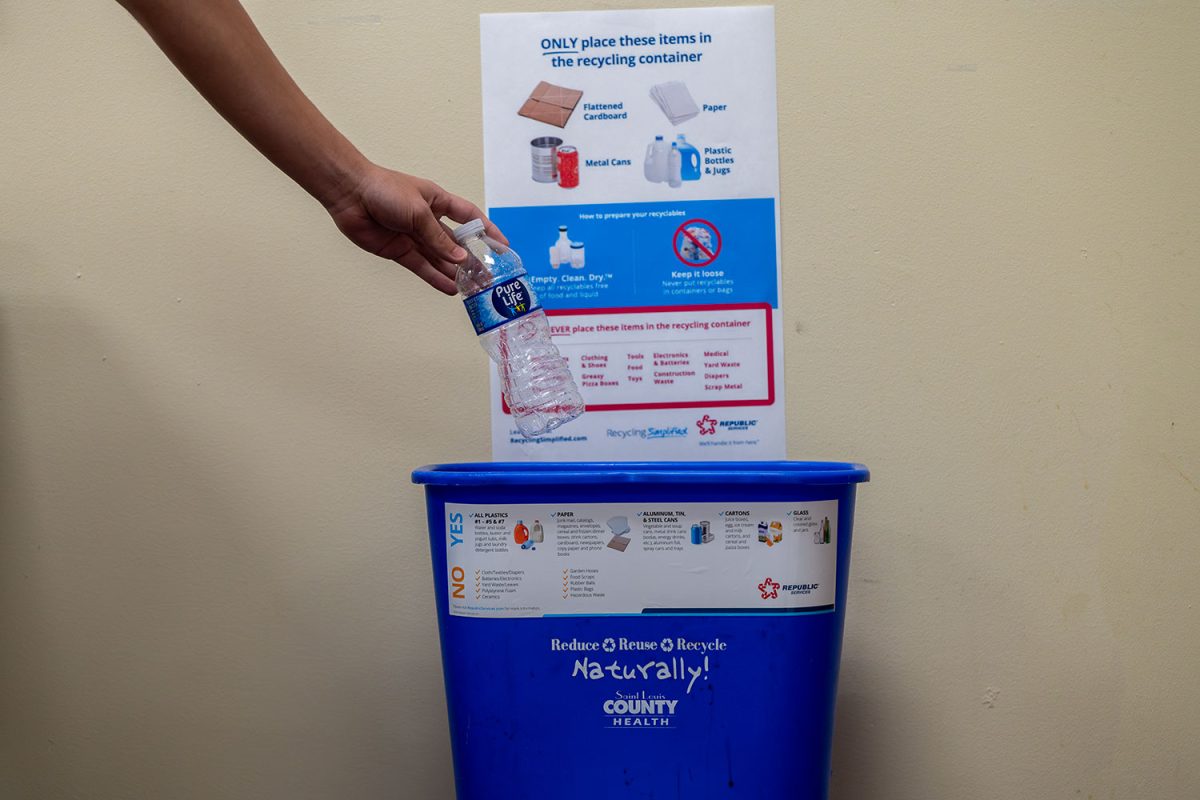College, common apps, ACT, SAT, and letters of recommendation are things all seniors are by now very familiar with, and could be a great source of stress for high schoolers across the nation. The college application process has become extremely competitive over the past five years. In the last 10 years, the average tuition for public universities has increased by close to $2,000, and private schools have increased by $10,000. This rapid increase has led to a greater competition between students battling for scholarships, with only 11% of students receiving scholarships. It seems that with more students receiving the same amount of resources for applying to college, more students are qualified to compete for scholarships and admissions for higher reputation universities. With all of these factors, Trade school has become more worth it then traditional university.
Trade schools biggest advantage is the easy path to making money. The average trade school costs about $8,000 – $15,000 and lasts about 1-2 years. Immediately after finishing programs, young workers shift right from this to working a job that pays $40,000 – $50,000. While those who work the trades are leaving school and making money 1-2 years after high school, and those who attend universities are going to school and collecting debt. For example, the cheapest average option for traditional students are four-year public in-state students, who pay an average of $46,800, and the most expensive average university option for students in four-year private schools that cost $173,000. While college students are losing money for a minimum of four years, those who choose the path of trade are earning liveable wages immediately.
Experience is also important to look at as well. According to Hult International Business school, 77% of 4-year graduates believe that they learned more in just 6 months at their first jobs than they did at their 4-year college programs. So college students are creating massive debt for themselves, while learning things that most don’t think are going to apply to their job. And with jobs for graduates being harder than ever to find according to NPR, it seems logical for more high schoolers to gravitate towards trade jobs. Trade jobs are much more available right now, as according to Forbes, by 2030, there will be 2.1 million unfilled positions in manufacturing alone. If you combine this with the fact that Forbes says almost 90% of trade workers said they felt fulfilled with their jobs in trades, it could be the future for students who are unsure about going to college or students who did not receive financial assistance for college.
Colleges biggest advantage is average annual salary post graduation, as on average, adults with bachelor degrees make $20,000 more than the average trade worker. Along with this, degrees allow for more flexible career or job changes according to Indeed. These are advantages that Trades lack, and in worst case scenarios, degrees create more opportunity than Trades.
Trades are at high demand right now, and present opportunities for instant work and quick independence out of high school. Along with this, the high satisfaction of this work to go along with great pay shows that trades are worth it, and more than a viable option in the world right now.









